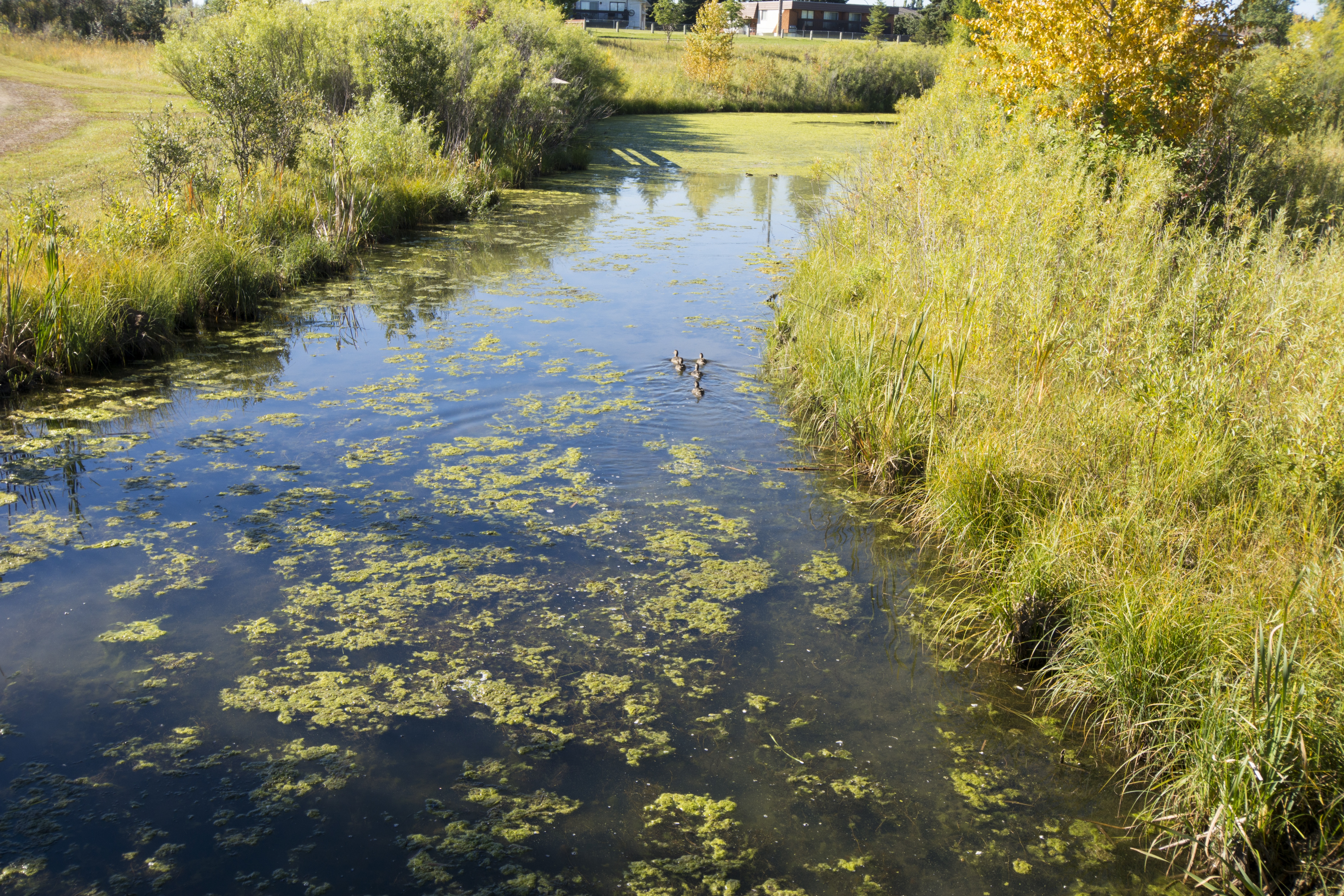It is undeniable that water is important.
Without it human beings would cease to exist. In turn this means it is important for current generations to develop in a sustainable means, which will protect what water we have and ensure there is a sufficient quality and quantity available for future generations.
While North America finds itself fortunate its residents have an ease of access to water by simply turning on their taps in which clean, filtered water comes out, much of the world is not as fortunate.
The City of Red Deer had this thought in mind when writing the water portion of their Environmental Master Plan in 2011, which states they hoped to see a reduction in potable water consumption over the coming years. From 2011 to 2012, the City has seen a one litre decrease in the consumption of residential potable water consumption from 211 litres per person per day per capita to 210 litres. Although not a significant drop in consumption, the City has seen a significant decrease in water consumption since 2009, when residents were on average using 242 litres per capita per day.
The City is doing a number of things to prepare for current and future water demands. Environmental Planning Engineer for the City Gordon Ludtke is currently playing a key role in the upgrades of Red Deer’s water treatment plant, which supplies not only Red Deer but Blackfalds, Lacombe, and Ponoka with potable water as well.
“Most of the things in the plant we are replacing are 30 plus years old and its just time to upgrade these things,” said Ludtke.
Ludtke explained they will be changing the plant over from chlorine gas to liquid gas, upgrading the pumps and boiler systems, replacing much of the wiring and instruments, as well as adding a new generator to allow for the plant to be partially run during a power outage.
This isn’t the first time the City has upgraded its water systems to prepare for future water needs. The original water treatment plant was built in 1955 and closed in 1983 when the current one was built, as the original plant could no longer produce the capacity of water needed.
While our water treatment plant is responsible for cleaning the water we drink, which comes directly from the Red Deer River, many believe it is of vital importance to keep our water source as clean as possible.
Executive Director of the Red Deer River Watershed Alliance Jeff Hanger and his team are currently working to promote the legacy of ecological integrity and economic sustainability in the River and its watershed. The watershed refers to the many streams, creeks, and rivers, which stem from the Red Deer River.
“Our main goal is to empower stake holders along the river and bring people together to talk about issues affecting it and solutions to those problems,” said Hanger.
He explained one such issue currently affecting the Red Deer River and watershed, is the 60% loss of wetlands through out Alberta.
Wetlands are an integral component to the health of any river and the quality of water in it. Wetlands filter sediments and toxic substances, as well as have the potential to absorb the impact of hydrologic events such as floods. While wetlands were once thought of as waste land and drained to farm, their importance has been recognized and efforts are being made to preserve and rebuild remaining wetlands.
“The more people you have, especially along the corridor of Highway 2, the less wetlands you will see,” said Hanger. “The further you go away from Highway 2, the more wetlands there are, which is unfortunate, because the more wetlands you have, the better chance nature has of protecting the water quality.”
In the past five years the City has been working to rebuild lost wetlands, in particular the creation of the Michael O’Brien Constructed Wetlands in Clearview North. The constructed wetlands are located beside a storm water management facility, and work to capture and filter storm water before it makes its way back to the river.
Constructed on the Michener Centre property, the wetland includes foliage, and a special habitat to encourage healthy frog populations. Built in consultation with the Red Deer River Naturalists, the wetlands also include a bridge over the pond so people can observe aquatic habitants.
Hanger said there are a number of things citizens can do on a daily level to protect their local water sources, such as properly disposing of outdated prescription medicines by returning them to their pharmacist, joining a local conservation group, not flushing chemicals down the toilet, gathering storm water in a rain barrel or other gathering devices and using it to water your lawn or plants.
Hanger said he hopes to see a greater protection of wetlands and a greater emphasis on the importance of the Red Deer River and its watershed’s health, “I’ve got four children of my own, and I want them to grow up knowing there is water available and that they can drink it and play in it, and that there are people out there protecting the water and the land.”
jswan@reddeerexpress.com



